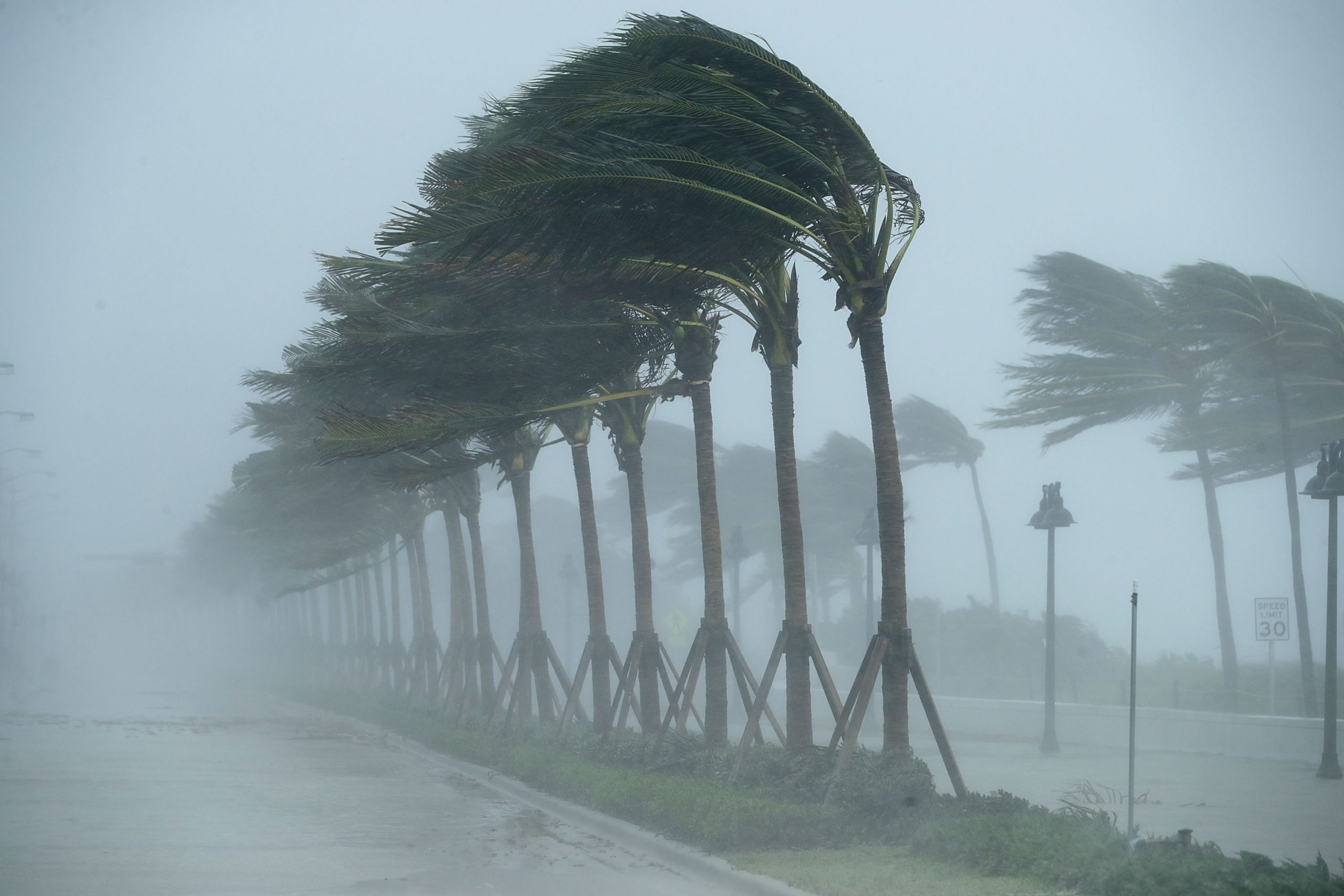Designing for High Winds in Texas
Texas, situated in the hurricane alley, is prone to hurricanes and high wind events like thunderstorms, tornadoes, and cyclones. Structural engineers face significant challenges in designing hurricane-resistant structures in the state. Over the years, engineering codes have been refined to ensure structures are built to withstand extreme winds. However, recent hurricanes have shown that there is still room for improvement in structure, engineering, and design.
When designing for high winds, understanding how hurricanes and windstorms result in structural damage is a crucial consideration. Winds cause damage in three primary ways - impact pressure, uplift pressure, and internal pressure. Impact pressure occurs when wind blows directly into the surface of the structure, pushing against it. Uplift pressure lifts up roof surfaces and wall cladding. Internal pressure occurs when winds penetrate openings and pressurize the interior. To withstand these wind forces, structures need proper load path, connections, and drainage.
Building shape and form also influence wind loads. Sharp edges, projections, and vertical surfaces experience higher loads than smooth, curved shapes. Therefore, rounded roof forms and compact structures fare better during storms. Reducing openings and overhangs also decreases wind susceptibility. When openings are inevitable, structure, engineering, and design elements like hurricane shutters, impact-resistant windows, and roof tie-downs can improve performance.
Another key aspect of designing for wind is material selection. Wood-frame and light-gauge steel construction perform moderately in hurricanes but are often reinforced. Concrete and masonry structures generally fare the best in high winds due to their mass and stiffness. Reinforced concrete beams, columns, and slabs can produce a completely rigid structure, while metal connectors effectively tie masonry walls together.
Building codes in Texas aim for structures to withstand winds up to 140 mph for a minimum of three seconds without failure. However, recent hurricanes have exposed winds up to 190 mph. Thus, many engineers recommend exceeding code requirements by at least 30% for critical structures. Additional measures include doubling up structural members, minimizing penetrations, and using hurricane clips and metal connectors for redundancy.
Climate change is also increasing flood risks alongside high winds, so elevating structures above flood levels and using flood-resistant materials can improve resilience. Meanwhile, modern technologies like computer modeling and wind tunnels allow engineers to simulate high wind loads and optimize structure, engineering, and design for individual projects.
Structural engineers employ a variety of design strategies to withstand high winds. Reinforced concrete framing uses larger and more closely spaced beams and columns that are tied together. Pre-stressing tendons inside concrete members also strengthens structures. Steel bracing involves installing diagonal and X bracing between steel framing members to provide lateral and moment resistance during storms. Foundation anchoring involves bolting structures directly to reinforced concrete foundations, improving connection integrity and uplift resistance. Irregular shapes are avoided, and rectilinear structures with simple shapes experience more predictable wind loads compared to complex geometries. Maximizing the amount of structure built before high winds arrive helps a project withstand impacts better.
In conclusion, designing structures capable of withstanding extreme winds in Texas requires a multifaceted approach considering loads, shapes, materials, and redundancy through structure, engineering, and design. While building codes provide minimum requirements, exceeding codes and implementing additional measures can substantially improve performance. Modern technologies and research also offer potential for even more wind-resilient structures in the future to safeguard Texas communities from increasingly intense storms. Structural engineers must remain vigilant and proactive in their efforts to design and construct hurricane-resistant structures to protect the lives and property of Texans.

















































